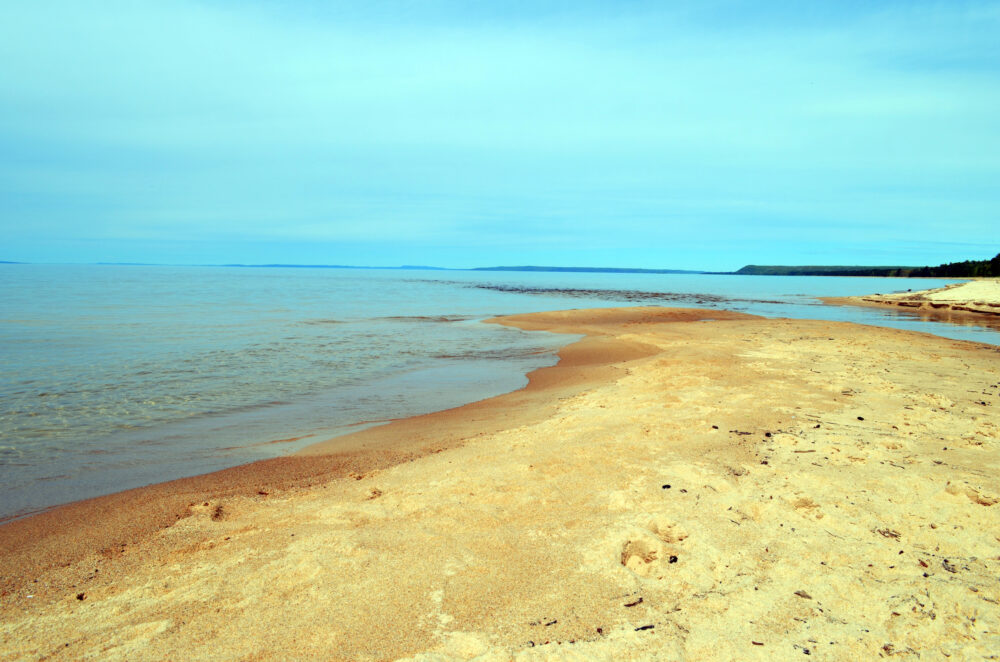We have much more to do and your continued support is needed now more than ever.
The Exxon Valdez Disaster, Now In Its 22nd Year

It was 22 years ago today that, with a captain who’d been drinking and an exhausted mate at the wheel, the Exxon Valdez hit a reef in Alaska’s Prince William Sound. But it wouldn’t quite be accurate to say this is merely the disaster’s anniversary – the people and wildlife of Alaska continue to feel the effects of the Exxon Valdez spill today.
A total of 11 million gallons of crude oil spilled in one of the world’s most beautiful places, home to an incredibly diverse ecosystem. The estimated direct wildlife death toll:
- 250,000 seabirds
- 2,800 sea otters
- 300 harbor seals
- 250 bald eagles
- Up to 22 orcas
- Billions of salmon and herring eggs
While scientists say bald eagles, harbor seals and pink salmon have recovered, sea otters and orcas are still struggling. And a full 22 years into the disaster, herring and a bird called the pigeon guillemot still haven’t made any gains towards recovery.
Local fishing communities were devastated by the spill. Beyond the direct decline in catch, fishing licenses that had been sold from one generation to the next, providing a critical source of retirement income, were now worthless. Rates of divorce, depression and even suicide all spiked.
Despite a $2.5 billion cleanup effort, the federal government estimates only 15% of the oil was recovered through oil skimming and beach cleanup. According to the Exxon Valdez Oil Spill Trustee Council, the remaining oil isn’t hard to find:
In 2001, researchers at the Auke Bay Laboratories, NOAA Fisheries, conducted a survey of the mid-to-upper intertidal in areas of the sound that were heavily or moderately oiled in 1989. Researchers dug over 9,000 pits, at 91 sites, over a 95-day field season. Over half the sites were contaminated with Exxon Valdez oil. Oil was found at different levels of intensity from light sheening; to oil droplets; to heavy oil where the pit would literally fill with oil. They estimated that approximately 16,000 gallons (60,000 liters), of oil remained. The survey also showed a trend of an increasing number of oiled pits as they surveyed lower into the intertidal zone, indicating that there was more oil to be found lower down the beach. In 2003, additional surveys determined that while the majority of subsurface oil was in the mid-intertidal, a significant amount was also in the lower intertidal. The revised estimate of oil was now more than 21,000 gallons (80,000 liters). Additional surveys outside Prince William Sound have documented lingering oil also on the Kenai Peninsula and the Katmai coast, over 450 miles away.
The amount of Exxon Valdez oil remaining substantially exceeds the sum total of all previous oil pollution on beaches in Prince William Sound, including oil spilled during the 1964 earthquake. This Exxon Valdez oil is decreasing at a rate of 0-4% per year, with only a 5% chance that the rate is as high as 4%. At this rate, the remaining oil will take decades and possibly centuries to disappear entirely.
That research refuted years of denial and delay by Exxon. Until this study, one Exxon-funded scientist had even claimed, “Trying to find a signal of the spill today is like trying to tune in PBS from Mars.” So much for that wishful thinking.
The year after the disaster, Congress passed the Oil Pollution Act placing new regulations on oil shipping and requiring oil companies to have cleanup plans. However, last year’s Gulf oil disaster showed that much more needs to be done. Regulators approved drilling without even reading spill response plans, BP consistently underplayed the size of the spill, and now there’s no guarantee fines and penalties will go to restoring the damaged ecosystem. Will Congress act to close these loopholes?






















